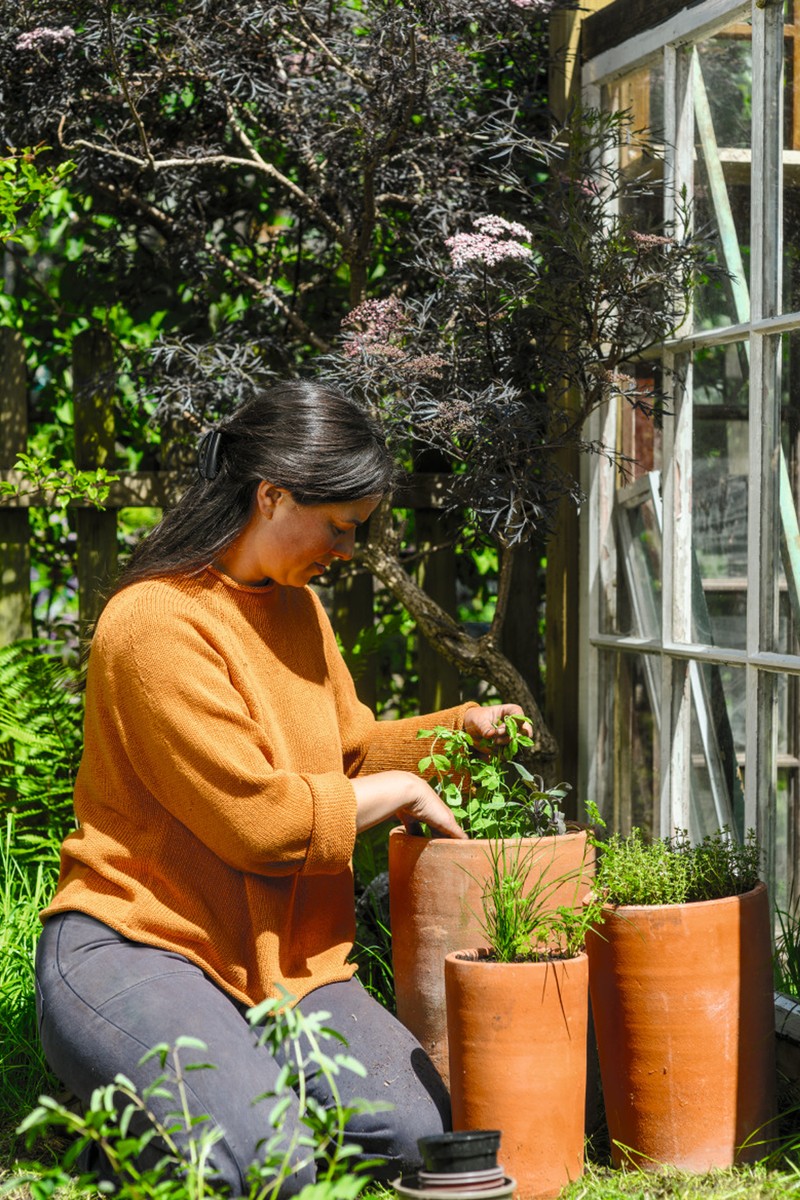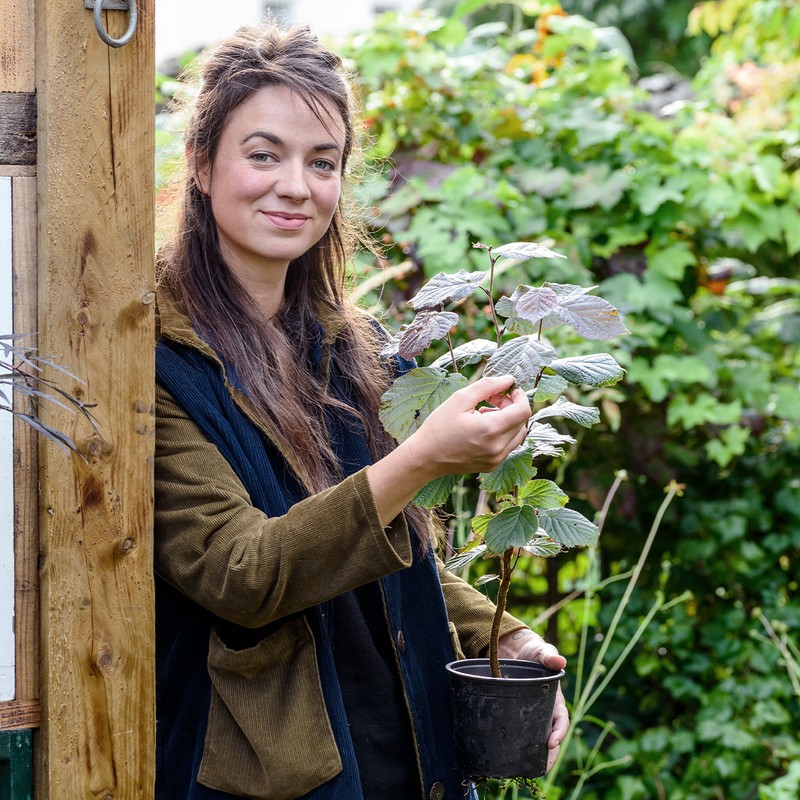
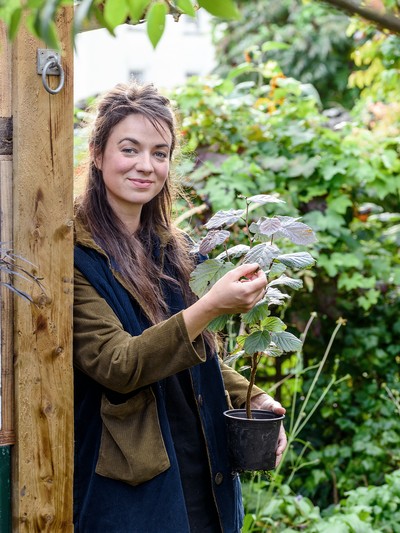
What’s In My Garden, With Frances Tophill
My garden is only 9m x 10m. I also have a greenhouse which I built with a friend out of old windows and doors. Everything in there is recycled or upcycled, which is one of my main passions. I love the look of reclaimed things and really want to have a minimal impact on the environment. I’ve also just started to make a brick pathway and patio with bits of reclaimed brick.
We’ve had a wet spring followed by a chilly start to summer. Although we all feel cold, most of our gardens and plants will be ahead of the season. My daffodils and bluebells have sprouted and lots of things I planted last year are coming out, like veronicastrums which are nearly a foot tall. There’s also lots of lavender which goes to show nature is very resilient and can thrive in all sorts of conditions.
Now is the perfect time of year for seed sewing. You might be little late for tomatoes or cucumbers but it’s peak season for growing runner beans, chard, courgettes, coriander, parsnips, carrots, beetroots and potatoes. If you don’t have a garden, you can even grow potatoes from an old compost sack. Stick your seeds in the compost, making sure it’s moist and warm but not too wet. Beginners are drawn to growing veg, but this can be quite complicated, so the easiest thing to do is visit your local garden centre and plant something that has already been potted.
Chard is one of my favourite things to grow, particularly rainbow chard. It’s pretty and easy to nurture so it’s always in my garden. I also love growing rosemary, lavender, thyme, lovage, sage and French tarragon which is one of my favourite herbs. It’s hard to find in the supermarket, so it’s worth growing it at home, providing you keep it safe from frost in in the winter.
I’ve never successfully grown parsnips. They are hard to germinate and you can’t move them once they’re in the soil. You have to sew them directly into the soil, so they often get eaten by voles or killed by weeds. I’ll definitely be trying again later in the year.
I like to think I’m a decent cook. There’s plenty of seasonal produce in the garden, and I like to pick nettles, dandelions and burdock root to pickle in a jar with apple cider vinegar. I’ve also been making pesto with wild garlic, which I batch cook and freeze, and soon there will be elderflowers in the garden for cordial. I’m already looking forward to autumn when I can grow as many squashes and pumpkins as possible.
I don’t follow recipes too closely but I love by Mark Diacono’s book, Herb: A Cook's Companion. It has instructions on how to grow, source, prepare and cook numerous herbs so you use them to their full potential. I also like The Cardamom Trail by Chetna Makan for puddings and cakes.
When designing your garden, make a list of things you want and need. On the ‘need’ list could be practical things like a shed, compost heap or somewhere for the kids to play. The other list of ‘wants’ could include a nice lawn to lay on, a BBQ area, or a greenhouse to grow veg. Look at those two lists and work out how you can amalgamate those two things. For example, a bin store could have a wooden area and shelves for pots and seedlings.
One common garden mistake I often see is people planting flowers and plants that are too small for their space. If you have a small garden the last thing you want to do is fill it with lots of small things because it will seem cluttered. It’s better to fill it with a few generously sized plants or even a small tree or shrub. It fills the garden with greenery and gives you only one or two things to water and worry about. Think less, but bigger. Also, people tend to over water everything, especially houseplants which tend to need less water. You’ll easily kill them and bring fungus into the compost which isn’t’ great for the home. Lift the pot up – if it’s light it needs water, but if it’s heavy it’s had too much. You can pop it on the radiator to help it dry out.
If you have a small space or garden, observation is very important. Find out where the light falls to determine where to place your plants. For example, I have an east-facing garden with lots of sunshine in the morning but barely any in the afternoon. Don’t rush in, and instead take some time to observe what happens in your garden. Also, doing too much is a common mistake for beginners. I only use a few materials at a time and keep things pared back. You can always add more if you think the space needs it.
You don’t have to get rid of all the weeds in your garden. I’m a fan of most varieties, though I don’t like horsetail which is particularly pesky. Weeds are wild, native flowers which can be useful and pretty. Dandelion can be very tasty (in vinegars) and are bitter so useful in detoxifying the liver. Plus, because it has such a long root, it’s great at bringing nutrients to the surface and improving the quality of your soil. I don’t want them taking over the whole garden, but I don’t worry about having a few weeds.
Turf is divisive but it can work in a garden. There have been big debates about whether it’s useful or not, but it’s worth remembering that turf it’s a microcosm, and the more species you bring into your garden, the more biodiversity you will have for wildlife. That said, I would stay away from AstroTurf which is made from plastic and provides no habitat for any creatures. There’s also a big trend for porcelain paving, which is terrible for biodiversity and excess rain. It’s worth thinking about these structures before you design your space.
My favourite gardening tool is a pair of secateurs. I always have them on my garden belt as they’re useful for pruning and snipping off dead ends. A hand hoe is also incredibly useful – a very sharp blade which you can use for quickly getting rid of weeds – as is a garden broom which can make the biggest difference in tidying up your space.
After I left school, gardening wasn’t on my radar so I’m very lucky I’ve made a career out of it. When I finished studying, I worked at M&S and did a foundation degree in art and design. Then, an apprentice position came up at a local garden, so I applied managed to get the job. I’ve always loved being outdoors, so I studied for a degree at the Royal Botanic Garden in Edinburgh. Now, I work with lots of schools, trying to promote horticulture as a viable career choice because it was never something that was offered to me. Unfortunately, it’s sometimes seen as something you do if you’re not very good at anything else, but that couldn’t be further from the truth. From conservation to botany, there’s a lot of interesting work out there.
A Year in a Small Garden follows me working out what to do with my own outdoor space. I moved into my home just over a year ago and the BBC asked to follow me on my journey, as I journalled and kept notes of all the changes in it over the course of the year. It features all the changes that happen through the season and will hopefully provide some inspiration for your own space.
Follow @FrancesTophill on Instagram.
A Year in a Small Garden by Frances Tophill (BBC Books, £26) is available to buy now. Visit Amazon.co.uk
SHOP THE PRODUCT EDIT
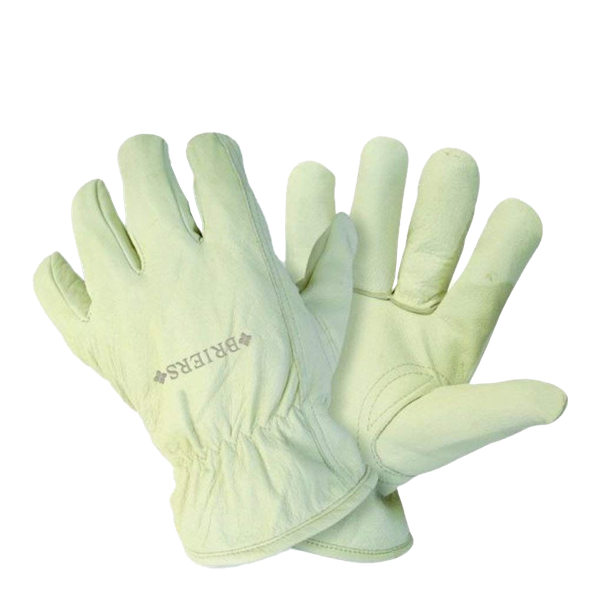
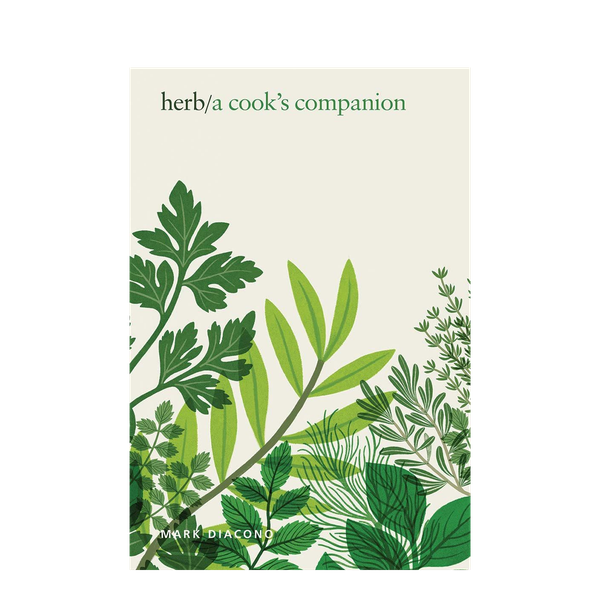
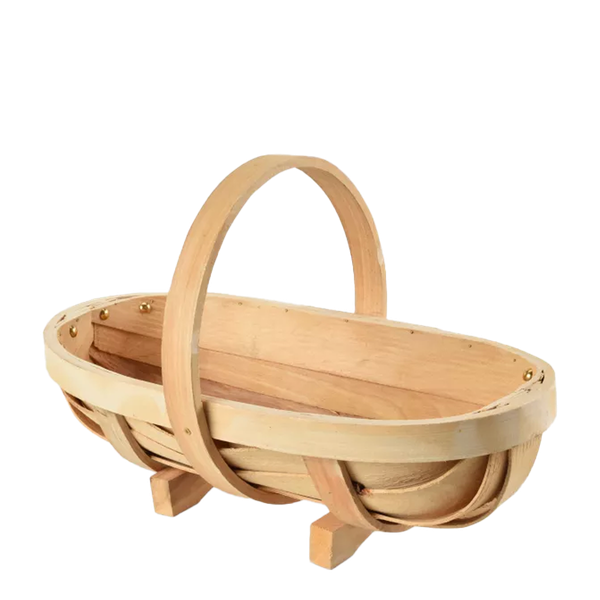
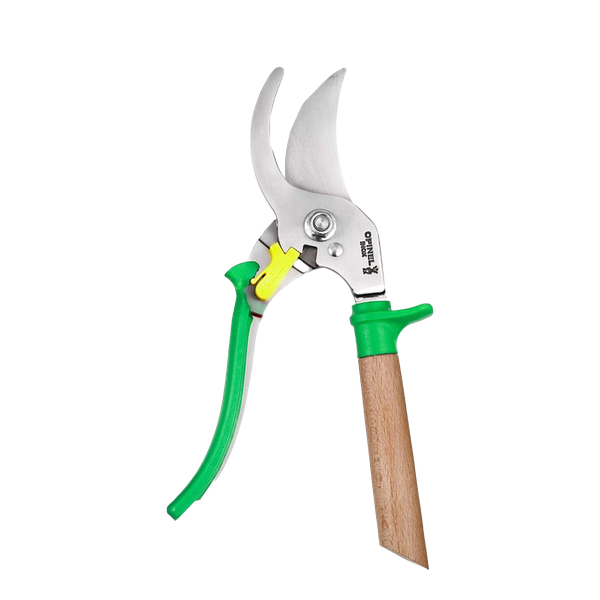
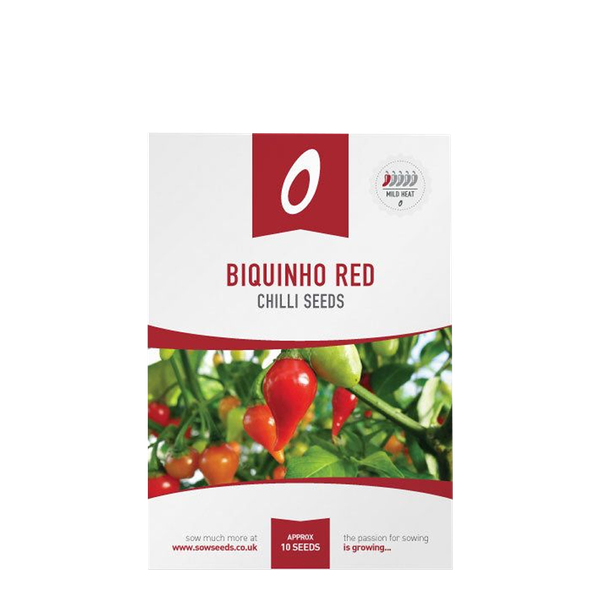
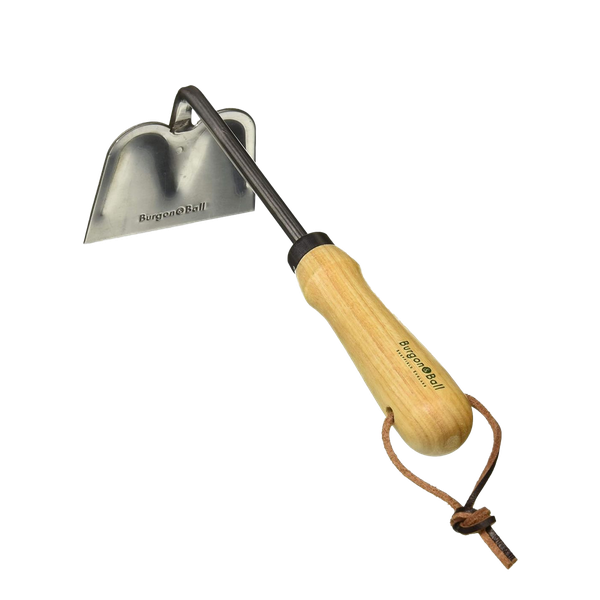
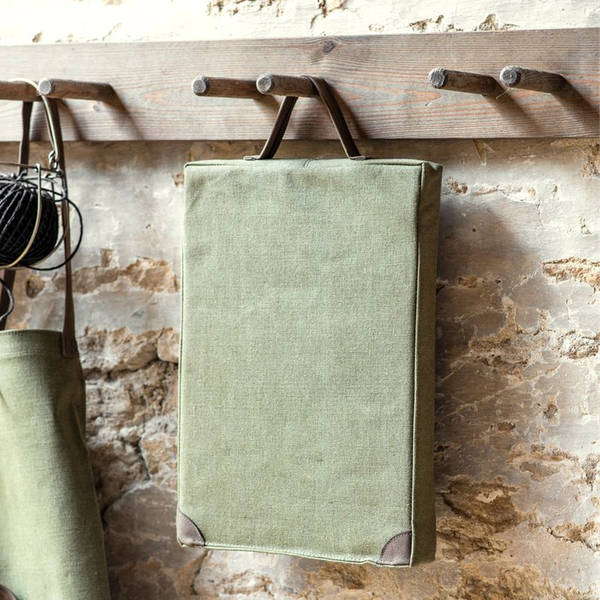
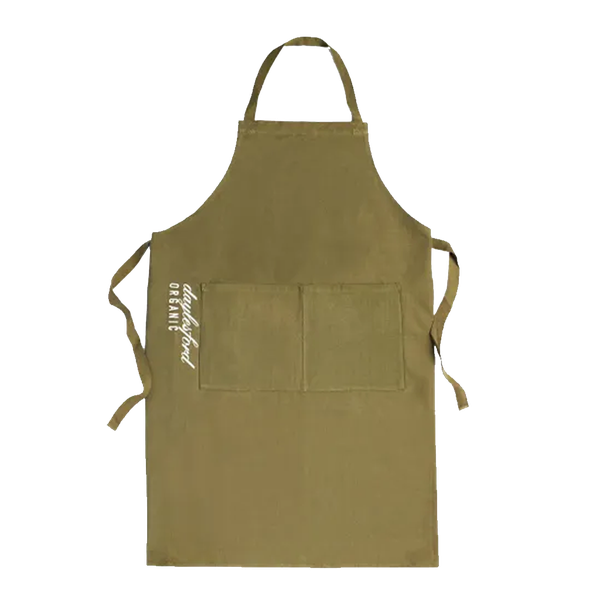
DISCLAIMER: We endeavour to always credit the correct original source of every image we use. If you think a credit may be incorrect, please contact us at info@sheerluxe.com.
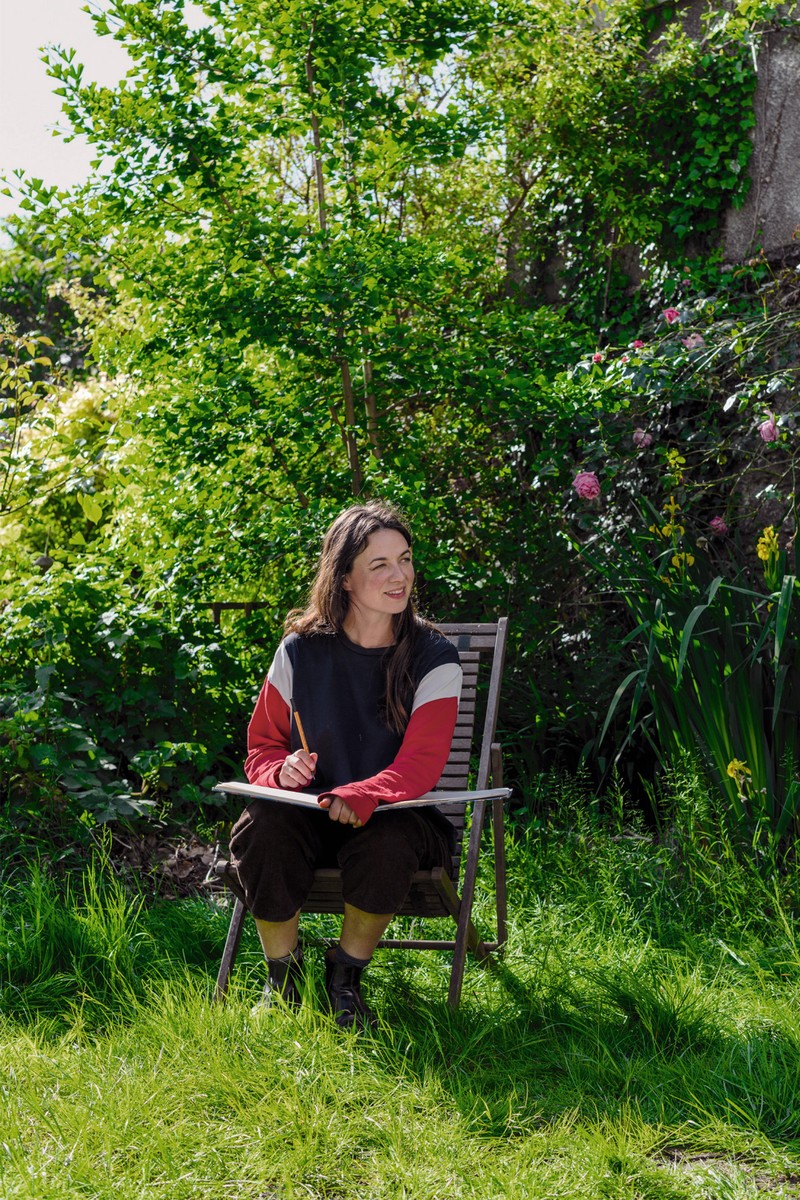
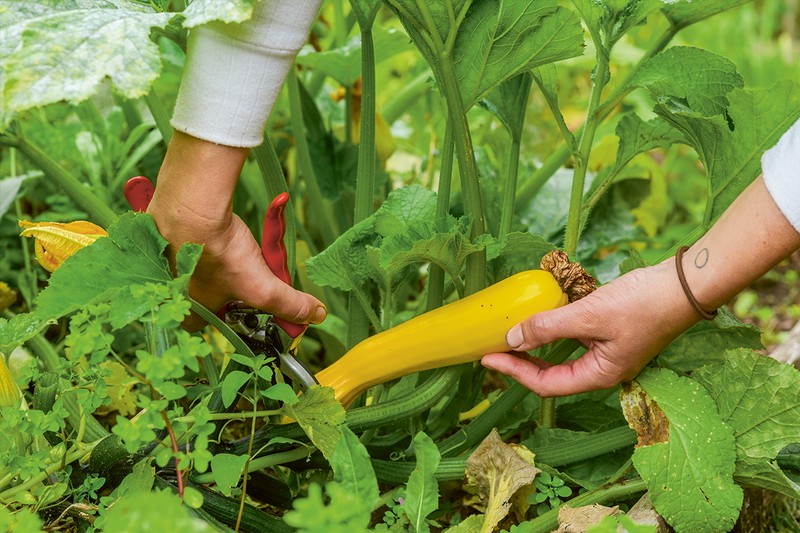
/https%3A%2F%2Fsheerluxe.com%2Fsites%2Fsheerluxe%2Ffiles%2Farticles%2F2024%2F04%2F2sl-whats-in-my-garden-with-francess-tophill-4.png?itok=Oe8e2GXQ)
